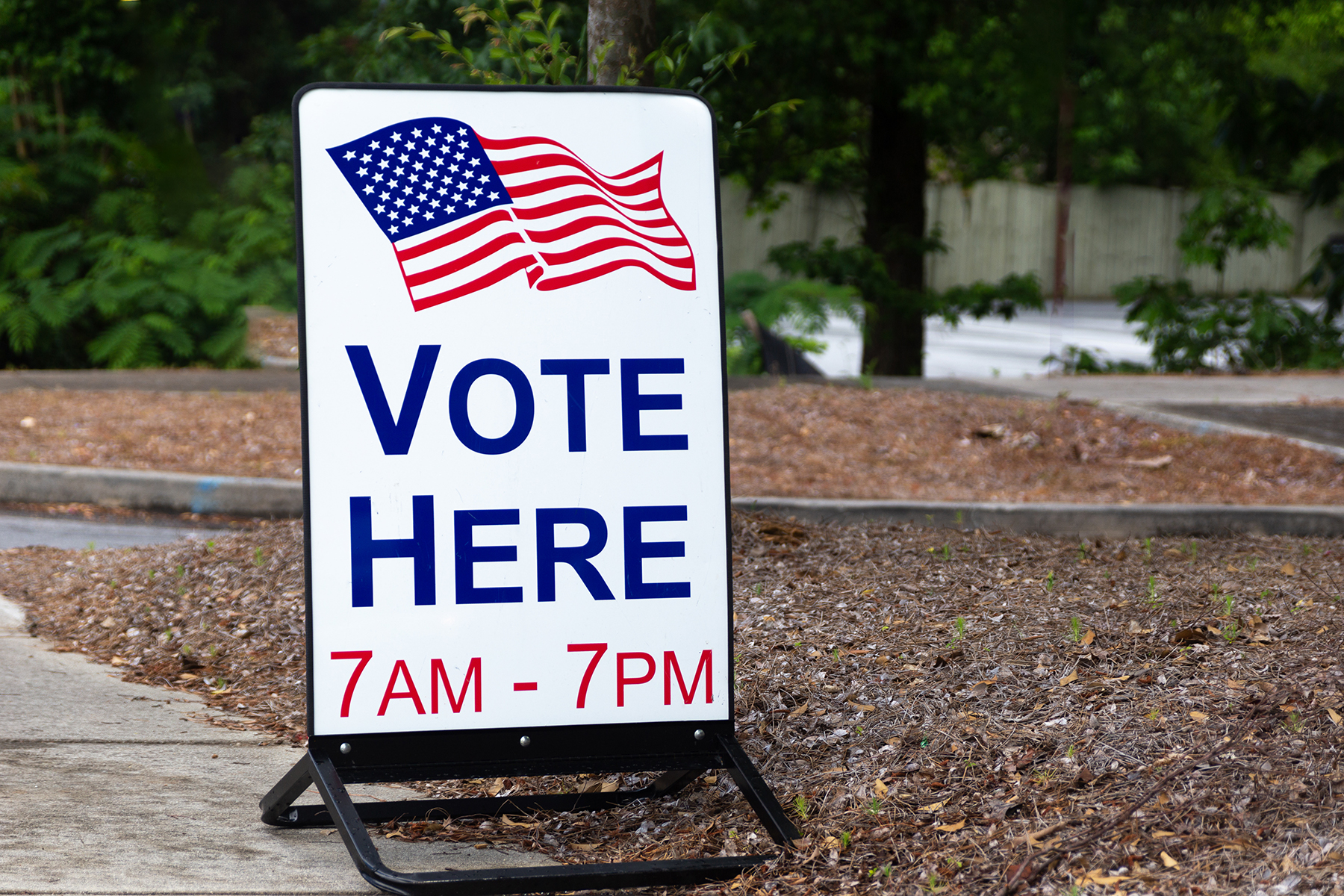
Four states—Louisiana, Mississippi, New Jersey, and Virginia—are holding regularly scheduled state legislative elections this year for 538 seats. The filing deadline has now passed in all four states. In the races for these 538 seats, 158 (29.3%) do not have a Democratic candidate on the ballot, and another 141 (26.2%) do not have a Republican candidate on the ballot.
Overall, 299 (55.6%) of the regular state legislative elections in 2019 lack either a Democratic or Republican candidate. Only one state legislative race does not have at least one major-party candidate on the ballot. Here is a breakdown of the stats for each state:
• Louisiana has 144 state legislative seats on the ballot. Of those, 67 (46.5%) do not have a Democratic candidate and 40 (27.7%) do not have a Republican candidate. Overall, 107 (74.3%) of Louisiana’s state legislative elections lack a candidate from one major party.
• Mississippi has 174 state legislative seats on the ballot. Of those, 78 (44.8%) do not have a Democratic candidate and 55 (31.6%) do not have a Republican candidate. Overall, 133 (76.4%) of Mississippi’s state legislative elections lack a candidate from one major party.
• New Jersey has 80 state legislative seats on the ballot. Of those, all of them have a Democratic candidate but three (3.8%) do not have a Republican candidate. Overall, three (3.8%) of New Jersey’s state legislative elections lack a candidate from one major party.
• Virginia has 140 state legislative seats on the ballot. Of those, 13 (9.3%) do not have a Democratic candidate and 43 (30.7%) do not have a Republican candidate. Overall, 56 (40.0%) of Virginia’s state legislative elections lack a candidate from one major party.
Mississippi and New Jersey have Republican and Democratic state government trifectas, respectively. Louisiana and Virginia both have a divided government with a Democratic governor but a Republican-held state House and state Senate. A state government trifecta exists when one political party simultaneously holds the governor’s office and both state legislative chambers.

